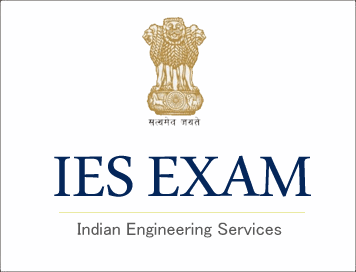(HOT) UPSC Current Affairs 2025 PDF
NEW! The Gist (NOV-2025) | E-BOOKS
(Paper) IES General Economics Previous Year Paper (2002)
Paper : IES General Economics Previous Year Paper (2002)
PAPER - I : SECTION-I
1. Candidates should attempt any five parts of the following question
(Answer to each part should be approximately of 50 words): 5 ×7 = 35
(i) Define the marginal rate of substitution (MRS) in indifference curve
analysis.
(ii) Briefly explain the term expansion path’.
(iii) What is the “shut-down point’ of a firm?
(iv) How does the Ricardian theory of rent differ from the modem theory of rent?
(v) What is the ‘social welfare function’?
(vi) How is the multiplier different from super-multiplier?
(vii) Explain the basic limitations of Leontief’s input-output model.
SECTION-II
2. Candidates should attempt any flue parts of the following question
(Answer to each part should be approximately of 150 words) : 5 × 15 = 75
(i) Distinguish between the income effect and substitution effect in
indifference curve analysis. Show how they are related to the price effect.
(ii) Explain briefly the Cobb-Douglas production function and its usefulness in
economic analysis.
(iii) Mention the problems of pricing of factors of production under imperfect
competition.
(iv) Explain under what conditions does an economy happen to be in a state of
under-employment equilibrium.
(v) What is the dual problem in linear programming (LP)? Explain how the
variables in a dual are interpreted.
(vi) Distinguish between demand-pull and cost-push types of inflation.
(vii) Compare perfect competition and monopoly in respect of price, output and
profit.
SECTION-III
Candidates should attempt any three of the following
questions (Answer to each question should be approximately of 500 words)
3. Evaluate critically the revealed preference theory (RPT) propounded by
Prof. Samuelson. How is this theory superior to the indifference curve approach?
(30)
4. What are the characteristics of public utilities? How is price determined by public utilities? (30)
5. Discuss the marginal productivity theory of distribution. Does it provide a satisfactory explanation for the determination of the reward of a factor of production? (30)
6. State and explain the necessary and sufficient conditions for Pareto optimality. (30)
7. What are the different methods of measuring national income? Bring out clearly the interrelationship between these measures. (30)



